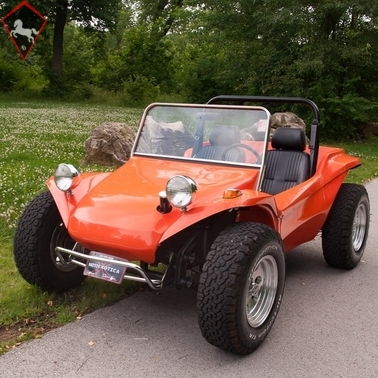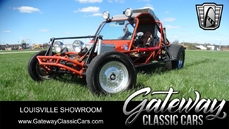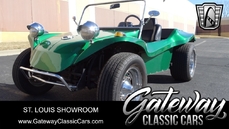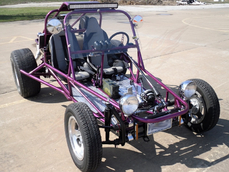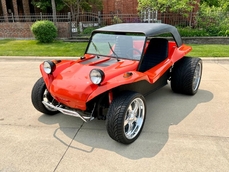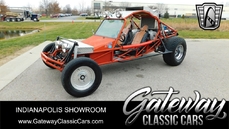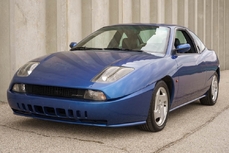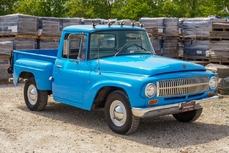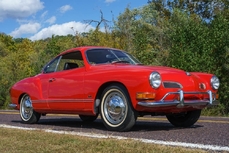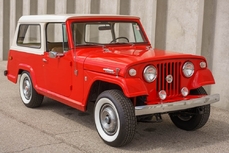Volkswagen Beach Buggy 1.6L 1970
General description :
1970 VW Dune Buggy
Orange fiberglass body with black bucket seats
Same owner for the past five years
VW 1.6L flat, air-cooled four-cylinder engine with dual exhausts
Four-speed manual transmission
VDO speedometer
Roll bar and full tube chassis
Front disk brakes
Vented alloy wheels
Cargo area behind seats
Titled as a 1970 Volkswagen
Need a runabout for your out-of-town property? What about buying your older kids something to tool around your acreage in, something to bop about between the house and the lake or the house and the beach? Consider this 1970 VW Dune Buggy that has been recently refurbished and has had the same loving owner for the past five years. It is titled as a 1970 Volkswagen.
The orange fiberglass body is in overall great shape, with no major blemishes visible. The windshield is in good, original order, the engine in the rear is clean and accessible and there’s a small cargo area behind the seats, perfect for a cooler, picnic basket and other small items.
This buggy rolls on newer BFGoodrich All-Terrain T/A tires, size 30x9.50R15LT tires all around. Each tire is mounted on a vented alloy wheel. The wheels and tires are all in very good order.
Out back is a Volkswagen 1.6L flat, air-cooled four-cylinder engine with dual exhausts. Backing it up is a four-speed manual transmission.
Inside, the car’s bucket seats are in very good order. There’s a three-spoke, aftermarket steering wheel facing the driver that looks very good. The shifter is in good, original order. The lone gauge is a VDO speedometer in the center of the instrument panel.
For dune buggies built on the chassis of an existing vehicle, the Volkswagen Beetle was commonly used as the basis for the buggy but this particular Buggy is built on a full custom tube chassis! The model is nicknamed Bug, therefore the term “buggy.” The Beetle platform chassis was used because the rear engine layout improves traction, the air-cooled engine avoids the complexities and failure points associated with a water-cooled engine, the front suspension was considered cheap and robust and the spare parts from Volkswagen were cheap and readily available. Dune buggies with glass-reinforced plastic (fiberglass) bodies come in many shapes and sizes.
The original fiberglass dune buggy was the 1964 “Meyers Manx” built by Bruce Meyers. Meyers designed his fiberglass bodies as a “kit-car,” using the Volkswagen Beetle chassis. Many other companies worldwide have copied the original fiberglass dune buggy. These types of dune buggies are known as “clones.”
Whether you have one house or four, this dune buggy makes for a great runabout to transport someone or some small cargo around your property. Swing by MotoeXotica Classic Cars today to check this little gem out for yourself.
VIN: 1102420773
This car is currently located at our facility in St. Louis, Missouri. Current mileage on the odometer shows 57,242 miles. It is sold as is, where is, on a clean and clear, mileage exempt title. GET OUT AND DRIVE!!!
https://www.motoexotica.com/inventory/inventory/15277/1970/Volkswagen/1102420773.html
1970 Volkswagen Beach Buggy 1.6L is listed sold on ClassicDigest in Fenton (St. Louis) by for $11900.
Car Facts
Car type : Car Make : Volkswagen Model : Beach Buggy Model Version : 1.6L Engine size : 0.0 Model Year : 1970 Location : Fenton (St. Louis)
Sold
Seller Information
Sold
People who viewed this Volkswagen Beach Buggy also viewed similar Volkswagen listed at ClassicDigest
Other cars listed for sale by this dealer
About Volkswagen
The Volkswagen story is indeed an intriguing tale of innovation, resilience, and post-war revival, marked by various models that have become iconic in automotive history.The People's Car (Volkswagen): Initially envisioned by Adolf Hitler in the 1930s as a "people's car" or "Volkswagen" in German, the idea was to create an affordable and practical vehicle for the German people. This concept led to the development of the Volkswagen Beetle (or the Type 1), designed by Ferdinand Porsche.
Post-War Challenges: After World War II, Volkswagen faced significant challenges. The factory was heavily damaged, and the brand's association with the Nazi regime led to a lack of interest in the car in some regions.
British Intervention - The British Army & Ivan Hirst: The British Army took control of the factory in the immediate post-war period. Major Ivan Hirst, a British Army officer, played a crucial role in reviving Volkswagen. He recognized the potential of the Beetle and advocated for its production, convincing the British military to order several thousand cars. This decision helped jumpstart the brand's revival.
Export Success and the Beetle's Global Appeal: The Beetle gained popularity not only in Germany but also globally, becoming an icon of affordable motoring. Its simple, reliable design and unique appearance made it a favorite among consumers worldwide.
Model Evolution: Over the years, Volkswagen introduced various models alongside the Beetle, each contributing to the brand's growth:
Type 2 (VW Bus or Transporter): Introduced in the 1950s, it became an iconic symbol of the hippie movement in the 1960s, loved for its spaciousness and versatility.
Golf (Rabbit in the U.S.): Launched in the mid-1970s, the Golf (or Rabbit in the U.S.) marked a shift towards front-wheel-drive, modern design, and hatchback practicality, becoming a cornerstone of the brand's success.
Passat, Jetta, and Other Models: Volkswagen expanded its lineup with models like the Passat and Jetta, catering to different market segments.
Challenges and Innovations: Despite success, Volkswagen faced challenges, including quality issues in the 1970s. However, the brand continued to innovate and develop new models and technologies.
Rise of the GTI and Global Expansion: The 1980s saw the rise of the iconic Golf GTI, a high-performance version that sparked the hot hatch trend. Volkswagen also expanded its global presence during this period.
The British intervention in reviving Volkswagen after World War II played a pivotal role in the brand's resurgence. While there might have been some tensions or competition among automotive companies in the 1950s and 1960s due to Volkswagen's post-war success, the brand's ability to produce innovative and popular models solidified its place in automotive history.
